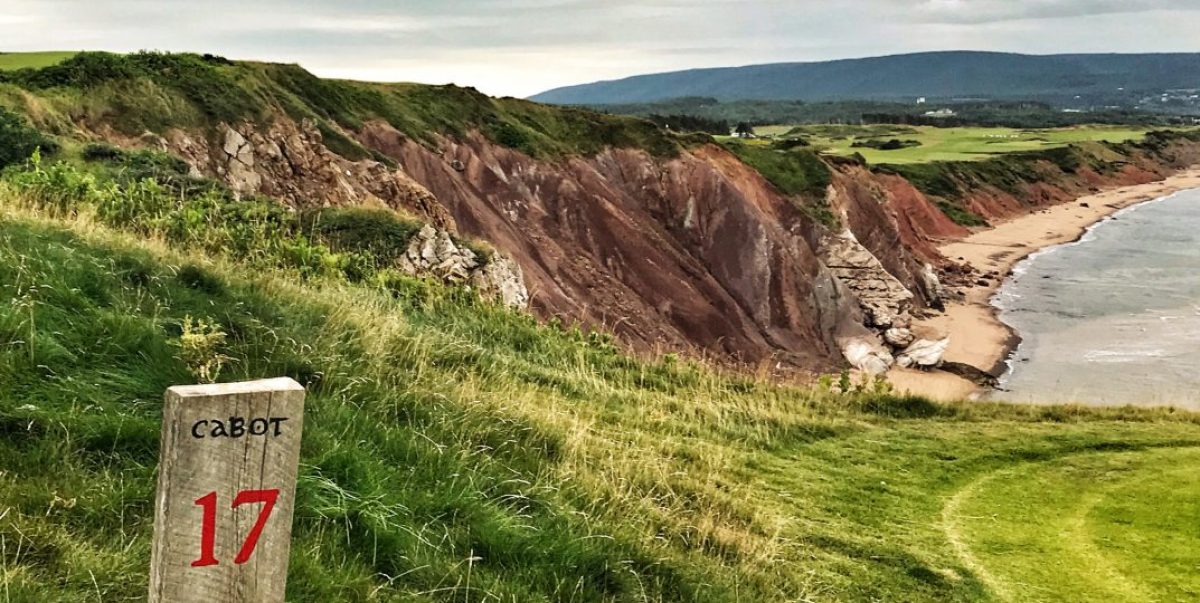The most popular punching bag in golf finally said “no mas.”
Mike Davis has announced that he’ll no longer oversee golf course setup at U.S. Opens to better focus on his role as CEO of the U.S. Golf Association. It’s a development sure to disorient those accustomed to j’accusing Davis for every shortcoming – real or imagined – at the national open.
The thankless task of running the players’ pity party at Pebble Beach in June will fall to John Bodenhamer, who has been in charge of USGA amateur championships since 2011.
“This decision has been in the works for more than two U.S. Opens,” Davis told Golf Channel’s Jaime Diaz. “Whether people want to believe that or not, that’s for them to decide.”
People won’t believe it, of course. So many critics have directed so much fire at Davis for so long that they’ll need to believe their efforts ousted him from the role. Perhaps they’re right, that course issues at Shinnecock Hills in 2018 – a near facsimile of the 2004 Open – doomed Davis as surely as they did his predecessor as setup guru, Tom Meeks.
To borrow the parlance of Donald Rumsfeld, the fiasco at Shinnecock was not Davis’ fault but it was his responsibility.
Attempting to do two jobs in the most important week on the USGA calendar was always risking failure at both. It’s a lesson Davis probably should have learned two years earlier at Oakmont, when a final-round conflagration erupted over Dustin Johnson’s moving ball and quickly engulfed the USGA’s credibility when it failed to man the fire hose in a timely manner. A singular focus is required in this era of social media infernos.
Yet even in the halcyon years when the U.S. Open wasn’t sullied by a course brouhaha, somewhere back beyond Chambers Bay, Davis was accustomed to bellyaching. It’s what professional golfers do: “They moan about “amateurs” setting a test they can’t themselves pass, though you never hear players level that charge against the Masters Tournament Committee.
Funny, that.
The U.S. Open long has been the most pitiless examination in major championship golf, identifying the best via a process that is part elimination, part humiliation. The more nuanced approach ushered in by Davis – including graduated rough and drivable par 4s – permitted oft-wayward stars to contend in a way that would have been unimaginable in ye olde Opens.
If Joe Dey or P.J. Boatwright had still been running things, Phil Mickelson would be fortunate to have six career cuts made at the Open and not six career runner-up finishes.
Much of the ire directed at Davis had little to do with course setup, but had its roots in everything from rules controversies to equipment regulation (or the lack thereof). The USGA has an image – wholly dated, but still vital – of being ivory-tower killjoys, alert to the dangers of golfers having too much fun. As the organization’s public face, Davis abides the mockery with affable humor.
Standard bearers tend not to be popular when standards are slipping everywhere, but those prone to dismissing Davis as a stiff should detour to YouTube and watch him summarily dispatch the oafish “Bird Man” who bum-rushed the trophy presentation at Olympic Club in 2012. Some heroes wear blue blazers.
The U.S. Open setup will be no less demanding under Bodenhamer than it was under Davis. The players will be no less petulant.
“It’s important that we engage and explain why we do what we do. We haven’t done that with the players, and they just don’t know us,” Bodenhamer said earnestly.
Who’s going to tell him?
Golfweek, February issue, 2019.

I just saw a video you made on course set ups, chicken McNuggets & greg norman designs. Hilarious & very true. Intelectual, entertaining honesty is always best. Thanks for your insight.
LikeLike